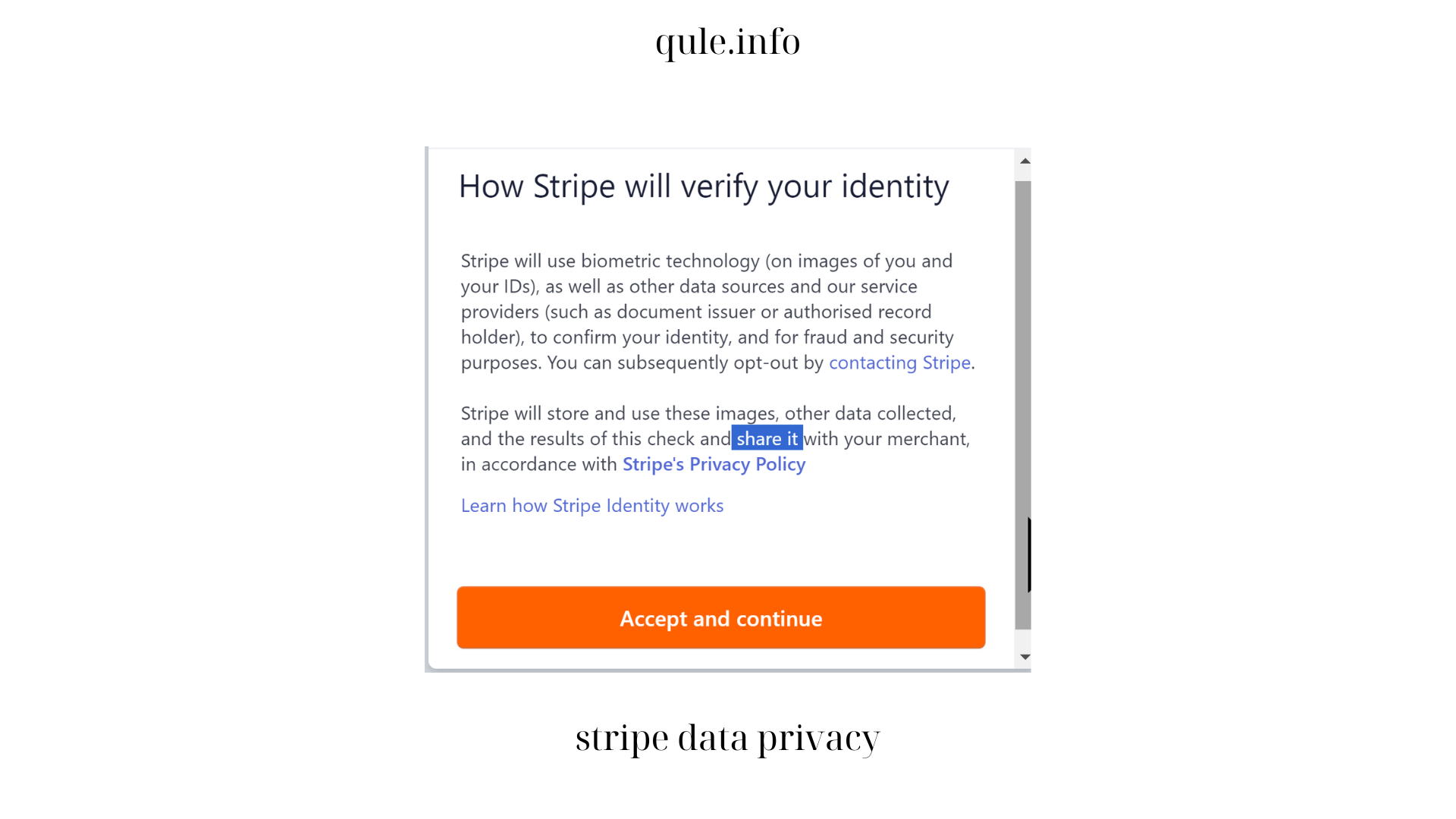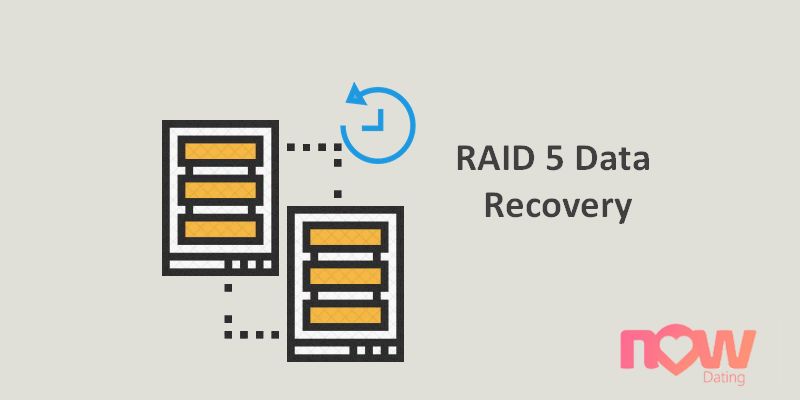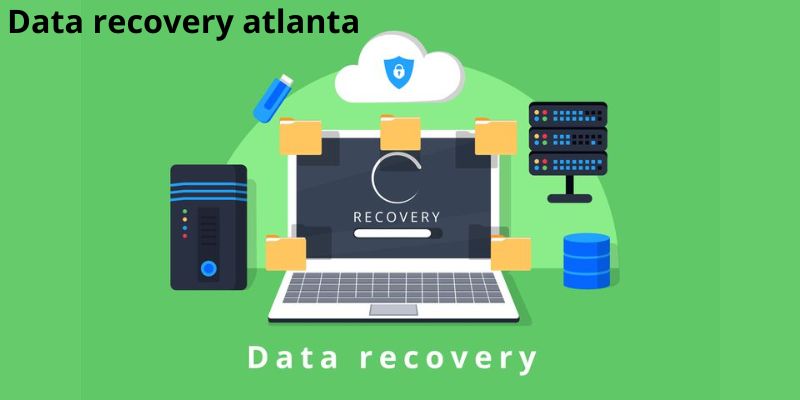Navigating Stripe Data Privacy: Safeguarding Privacy

In an increasingly digital world, online transactions have become the norm, with platforms like Stripe revolutionizing the way businesses accept payments. However, with the convenience of digital payments comes the responsibility of safeguarding user data and privacy. In this article, qule.info explore how Stripe, a leading payment processing platform, navigates the complex landscape of stripe data privacy to ensure the security and confidentiality of user information.
Navigating Stripe Data Privacy: Safeguarding Privacy

Understanding Data Collection and Usage
Stripe collects various types of data to facilitate payment processing and prevent fraud. This includes personal information such as names, email addresses, and payment details. The platform uses this data to verify transactions, detect suspicious activity, and provide customer support. It’s essential for users to understand how their data is collected and used to make informed decisions about privacy.
Security Measures and Compliance
Stripe prioritizes the security of user data through robust measures and compliance with industry standards such as the Payment Card Industry Data Security Standard (PCI DSS). The platform employs encryption, tokenization, and other advanced security technologies to protect sensitive information during transmission and storage. Compliance with regulations and standards ensures that user data is handled responsibly and securely.
User Control and Consent
Users have control over their stripe data privacy settings in Stripe, including options to opt out of certain data collection and usage practices. Consent is obtained from users before collecting and processing their data, and they have the right to revoke consent at any time. Transparent communication about data practices empowers users to make informed choices about their privacy preferences.
Data Retention and Deletion
Stripe follows data retention policies that specify the duration for which user data is retained and the process for deletion upon request. Users have the right to access, modify, or delete their data, in accordance with applicable regulations such as the General Data Protection Regulation (GDPR) and the California Consumer Privacy Act (CCPA). Timely data deletion ensures that user information is not stored longer than necessary.
Transparency and Accountability
Stripe maintains transparency about its data practices through privacy policies and transparency reports. The platform undergoes regular audits and certifications to demonstrate compliance with industry standards and regulations. In the event of a data breach, Stripe follows protocols to notify affected users promptly and mitigate the impact of the breach.

Compliance with Regulations
Stripe operates globally and must comply with a diverse range of regulations governing stripe data privacy, including GDPR, CCPA, and others. Compliance efforts involve implementing data protection measures, respecting user rights, and staying updated on regulatory changes. Users benefit from the protections afforded by these regulations, which prioritize privacy and data security.
Best Practices for stripe data privacy
Businesses using Stripe can implement best practices to protect user data and maintain compliance with regulations. This includes adopting encryption and authentication measures, implementing data access controls, and conducting regular security audits. Users can enhance their stripe data privacy by enabling multi-factor authentication, monitoring account activity, and keeping software up to date.
Case Studies and Examples of stripe data privacy
Case studies offer valuable insights into how businesses leverage the Stripe platform to implement robust stripe data privacy practices. These examples highlight real-world scenarios where companies have effectively protected customer information while maximizing the benefits of online transactions.
One compelling case involves an e-commerce retailer that sought to enhance data security for its customers’ payment information. By implementing tokenization on the Stripe platform, the retailer securely stored sensitive payment details without exposing them to potential data breaches. Tokenization replaces sensitive data with unique tokens, ensuring that even if a breach occurs, the actual payment information remains encrypted and unusable to unauthorized parties. As a result, the retailer significantly reduced the risk of financial fraud and safeguarded the trust of its customers.
Future Trends and Challenges
As technology continues to advance and regulatory landscapes evolve, Stripe faces both opportunities and challenges in ensuring robust stripe data privacy practices. Emerging technologies such as artificial intelligence (AI) and blockchain offer promising avenues for enhancing security and privacy protections in online transactions.
AI-powered tools can analyze vast amounts of data to detect and prevent fraudulent activities in real-time, bolstering the security of payment processing on the Stripe platform. Similarly, blockchain technology offers decentralized and immutable ledger systems that enhance transparency and trust in transaction records, reducing the risk of data tampering or manipulation.

However, alongside these opportunities, Stripe must navigate evolving cyber threats and regulatory complexities that pose challenges to stripe data privacy. Cybercriminals continually adapt their tactics to exploit vulnerabilities in online payment systems, requiring constant vigilance and proactive measures to mitigate risks.
Conclusion
In conclusion, stripe data privacy is paramount in online transactions, and Stripe is committed to safeguarding user information through robust security measures, compliance with regulations, and transparent practices. By understanding how data is collected, used, and protected on the platform, users can make informed decisions about their privacy. As technology advances and regulations evolve, Stripe remains dedicated to maintaining the highest standards of stripe data privacy to ensure the trust and confidence of its users.
Conclusion: So above is the Navigating Stripe Data Privacy: Safeguarding Privacy article. Hopefully with this article you can help you in life, always follow and read our good articles on the website: qule.info





